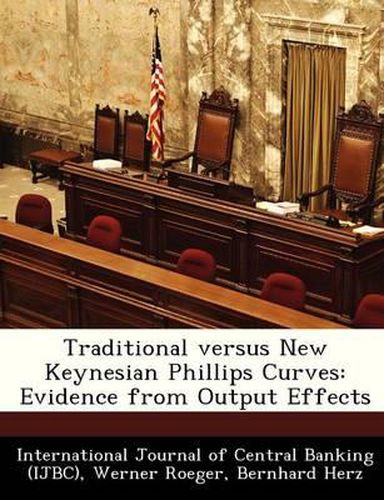Readings Newsletter
Become a Readings Member to make your shopping experience even easier.
Sign in or sign up for free!
You’re not far away from qualifying for FREE standard shipping within Australia
You’ve qualified for FREE standard shipping within Australia
The cart is loading…






We identify a crucial difference between the backward-ooking and forward-looking Phillips curve concerning the real output effects of monetary policy shocks. The backward-ooking Phillips curve predicts a strict intertemporal trade-off in the case of monetary shocks: a positive short-run response of output is followed by a period in which output is below baseline and the cumulative output effect is exactly zero. In contrast, the forward-looking model implies a positive cumulative output effect. The empirical evidence on the cumulated output effects of money is consistent with the forward-looking model. We also use this method to determine the degree of forward-looking price setting.
$9.00 standard shipping within Australia
FREE standard shipping within Australia for orders over $100.00
Express & International shipping calculated at checkout
We identify a crucial difference between the backward-ooking and forward-looking Phillips curve concerning the real output effects of monetary policy shocks. The backward-ooking Phillips curve predicts a strict intertemporal trade-off in the case of monetary shocks: a positive short-run response of output is followed by a period in which output is below baseline and the cumulative output effect is exactly zero. In contrast, the forward-looking model implies a positive cumulative output effect. The empirical evidence on the cumulated output effects of money is consistent with the forward-looking model. We also use this method to determine the degree of forward-looking price setting.